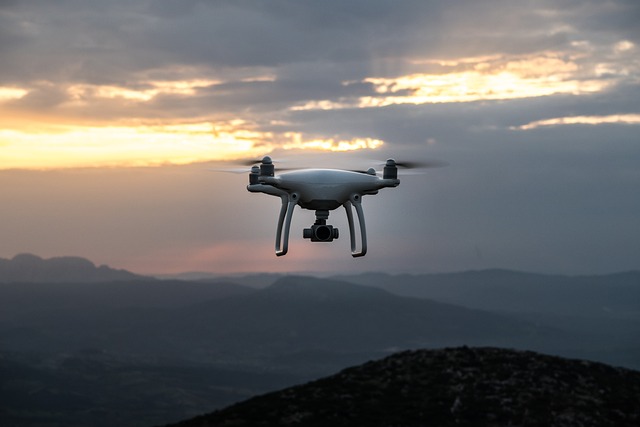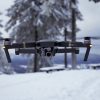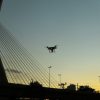In today’s interconnected world, access to the internet is no longer a luxury but a fundamental necessity for education, healthcare, and economic development. However, billions of people around the globe, particularly those residing in remote and underserved areas, remain unconnected to the digital realm. This digital divide perpetuates social and economic disparities, hindering progress and limiting opportunities.
Enter drone technology, emerging as a game-changer in bridging the digital divide and bringing internet connectivity to the most remote corners of the world. Drones, with their ability to navigate challenging terrains and deliver payloads over vast distances, offer a unique solution to the challenges of extending internet access to underserved areas.
The Promise of Drone-Powered Internet
Drone-assisted internet connectivity offers several advantages over traditional terrestrial infrastructure. Drones can rapidly deploy and configure wireless networks in remote areas, bypassing the need for expensive and time-consuming ground-based infrastructure installations. This flexibility allows for rapid deployment in emergency situations and can quickly expand internet coverage to areas with limited resources.
Drones can also provide high-speed internet access, enabling seamless online connectivity for education, healthcare, and economic activities. The ability to stream high-definition video and download large files without buffering is crucial for these applications.
Challenges and Considerations
While drone-powered internet presents a promising solution, several challenges need to be addressed to ensure its successful implementation. One key challenge is regulatory approval, as drones must comply with airspace regulations and safety standards. Additionally, concerns over privacy and data security need to be addressed to ensure the protection of sensitive information.
Batteries currently limit drone flight times, requiring frequent recharging or replacement. This can be a significant challenge in remote areas with limited access to electricity or infrastructure. Developing longer-lasting batteries or exploring alternative power sources is essential for sustainable drone-based internet solutions.
Scaling Up Drone-Powered Internet
To fully realize the potential of drone-powered internet, efforts need to focus on three key areas:
-
Standardization: Establishing industry-wide standards for drone hardware, software, and communication protocols will facilitate interoperability and simplify integration with existing infrastructure.
-
Cost Reduction: Reducing the cost of drones and associated technologies will make drone-powered internet more affordable and accessible, especially for developing countries.
-
Capacity Expansion: Developing innovative solutions to increase drone payload capacity and flight range will allow for the deployment of more powerful network equipment and coverage of larger areas.
Conclusion
Drone technology holds immense promise for bridging the digital divide and bringing internet connectivity to underserved areas. By addressing the challenges and pursuing advancements in standardization, cost reduction, and capacity expansion, drone-powered internet has the potential to revolutionize access to education, healthcare, and economic opportunities, breaking down barriers and fostering inclusive development for all.




